Once upon a time, in the enchanting land of China, there existed a beautiful and captivating art form known as paper cutting. Passed down through generations, this traditional folk craft brought joy and wonder to all who encountered it. From festive celebrations to everyday life, paper cuttings adorned homes, windows, and lanterns, filling the air with a sense of happiness and festivity.

In this magical world of paper cutting, the themes were as diverse as the colors that adorned them. Delicate dolls, gourds, and lotus flowers whispered blessings of fertility and prosperity, while lively depictions of poultry, livestock, fruits, and fish celebrated the beauty of everyday existence. Each region had its own unique style, from the bold and rustic designs of Shaanxi to the exquisite beauty of Hebei and Shanxi. Yixing paper cuttings stood tall and magnificent, while Nantong's delicate and intricate creations mesmerized all who gazed upon them. Simple in their production, yet rich in their folk characteristics, these paper cuttings became a condensed and exaggerated representation of China's diverse folk art forms.
In this enchanting world, one could not help but be captivated by the presence of the phoenix. A symbol of auspiciousness and peace, the phoenix brought joy and happiness wherever it graced the paper cutting patterns. Its sacred and noble connotations endeared it to the hearts of the Chinese people, while in Western culture, it symbolized rebirth and renewal, triumphing over the challenges of life.

And what about the mighty dragon, revered and respected as the spiritual totem of the Chinese nation? In the realm of paper cutting, it played a significant role, its presence adding a touch of power, wisdom, and protection. Just as in Western mythology, dragons guarded treasures and villages, their majestic forms captivating the imagination of all who encountered them.

But the world of paper cutting had more to offer. In the realm of theater, both East and West embraced the art of facial makeup. In Chinese traditional opera, the colorful "Lianpu" transformed actors into characters, each with their own unique style. In Western theater, elaborate facial makeup enhanced the appearances of characters, bringing them to life on stage.

As we journeyed further, we discovered the mesmerizing beauty of flower and bird paper cuttings. Symbolizing nature's beauty and a serene state of mind, these intricate designs captivated the senses. In Western art, too, flowers and birds adorned paintings, tapestries, and decorative arts, representing harmony and the wonders of the natural world.

And lastly, the fish, with its graceful shape, patterns, scales, and tail, added a touch of liveliness and auspiciousness to the world of paper cutting. In Chinese culture, it symbolized prosperity, marital harmony, and a bright future. Similarly, in Western culture, fish were associated with abundance, fertility, and good luck, representing faith and spirituality.

In this captivating world of paper cutting, simplicity met vibrancy, tradition met creativity, and stories came to life with every delicate cut. It was a treasure, cherished by the Han ethnic group, and a precious collection in the world's art treasury. So, let your imagination take flight and explore the magical world of paper cutting, where art and culture intertwine, and wonder awaits at every turn.



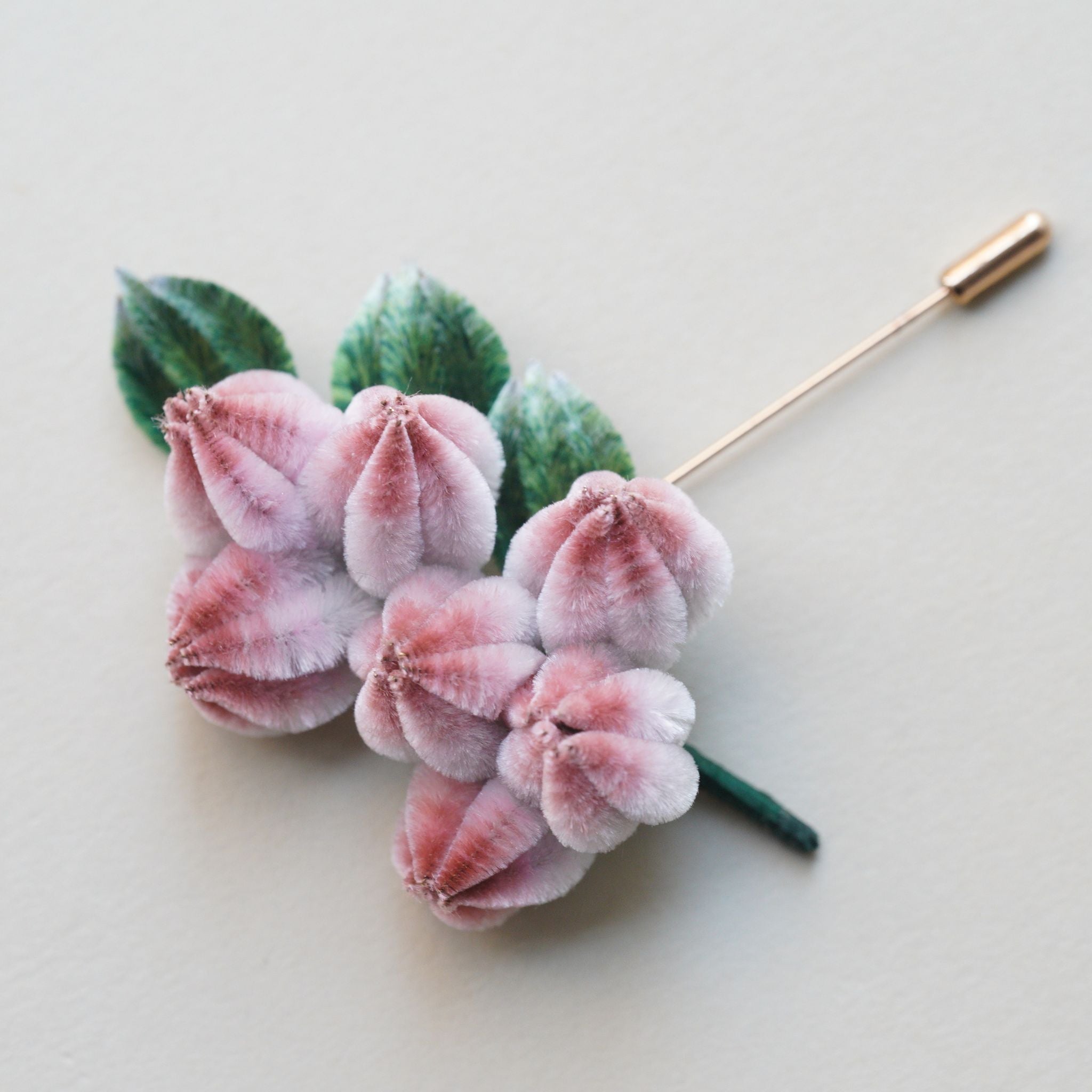

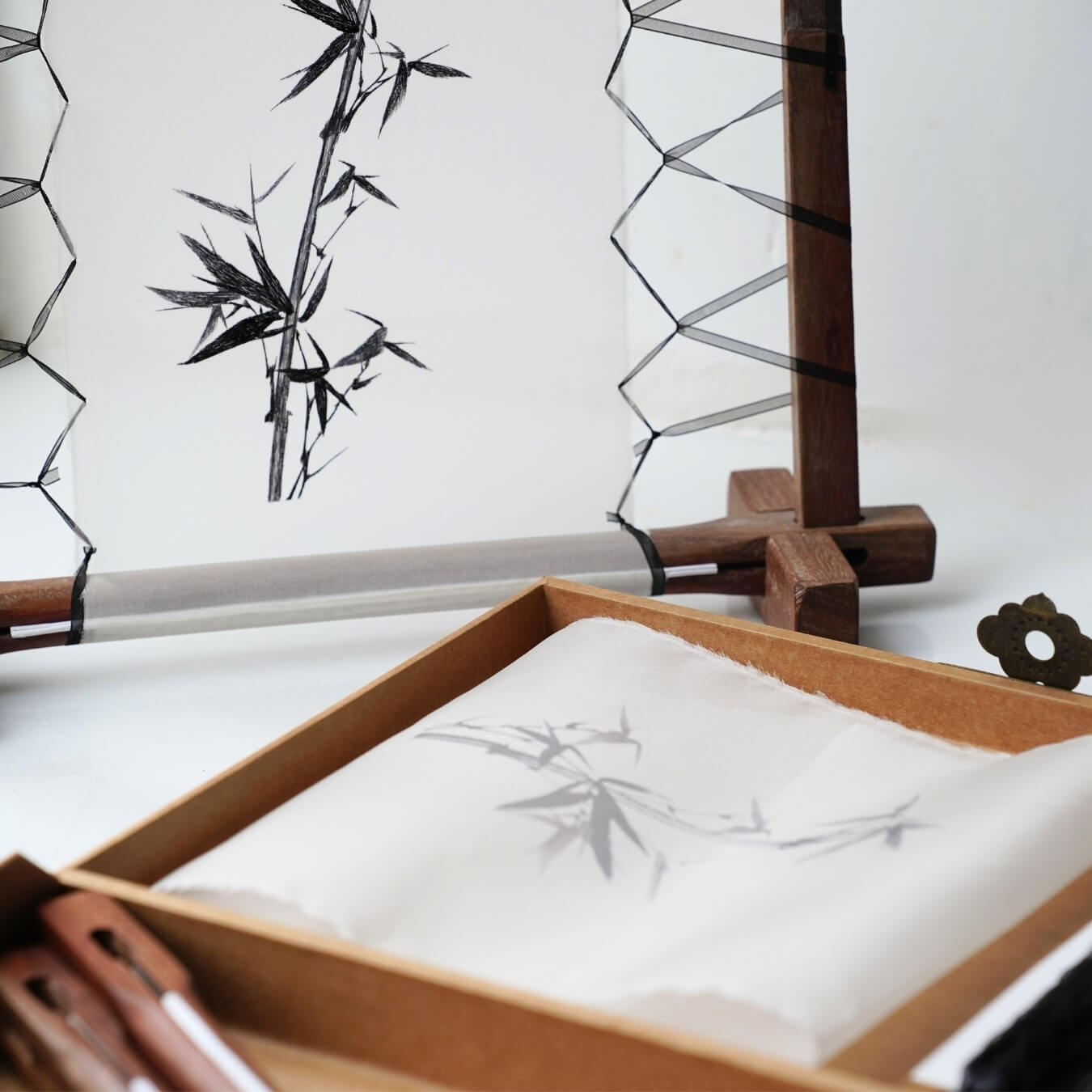
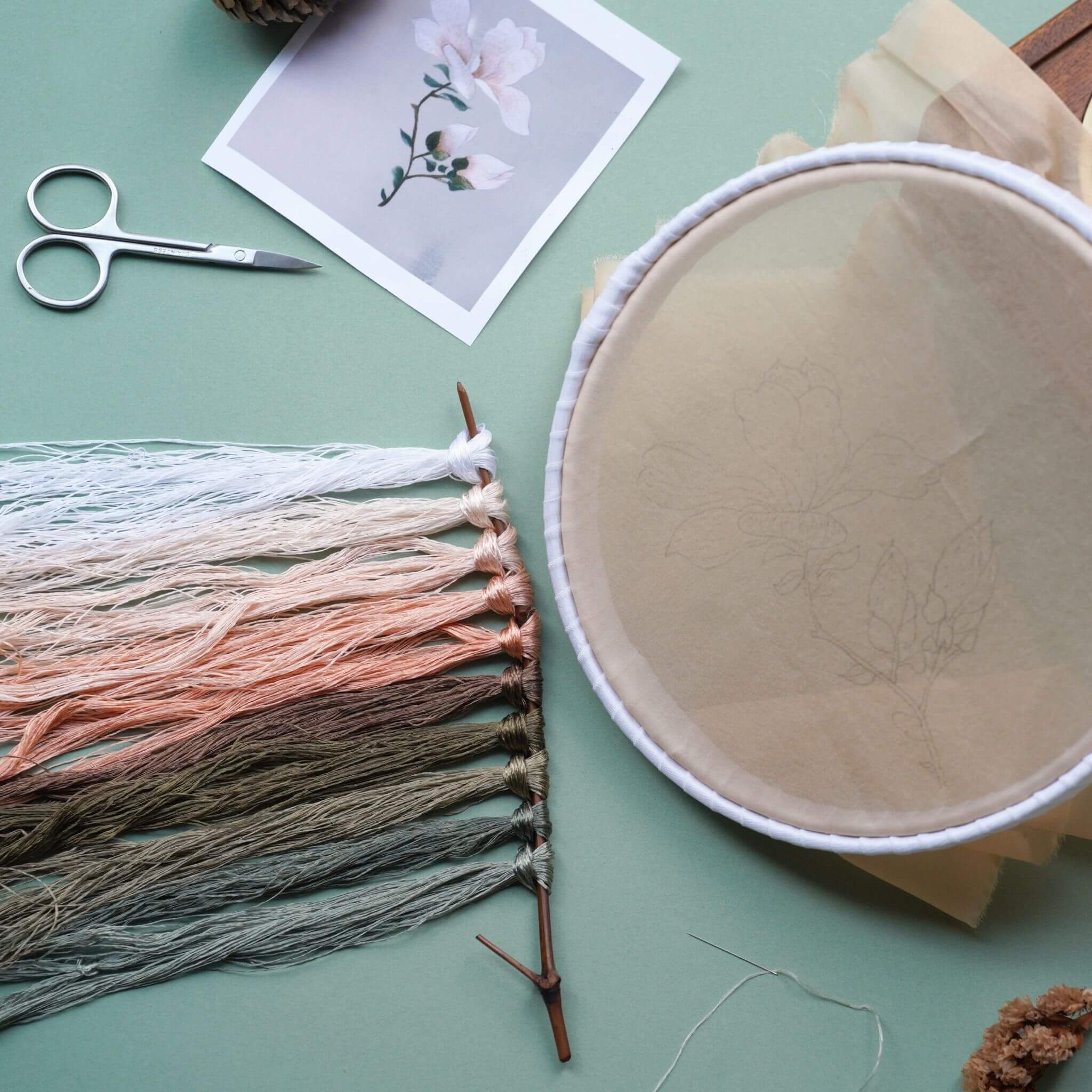
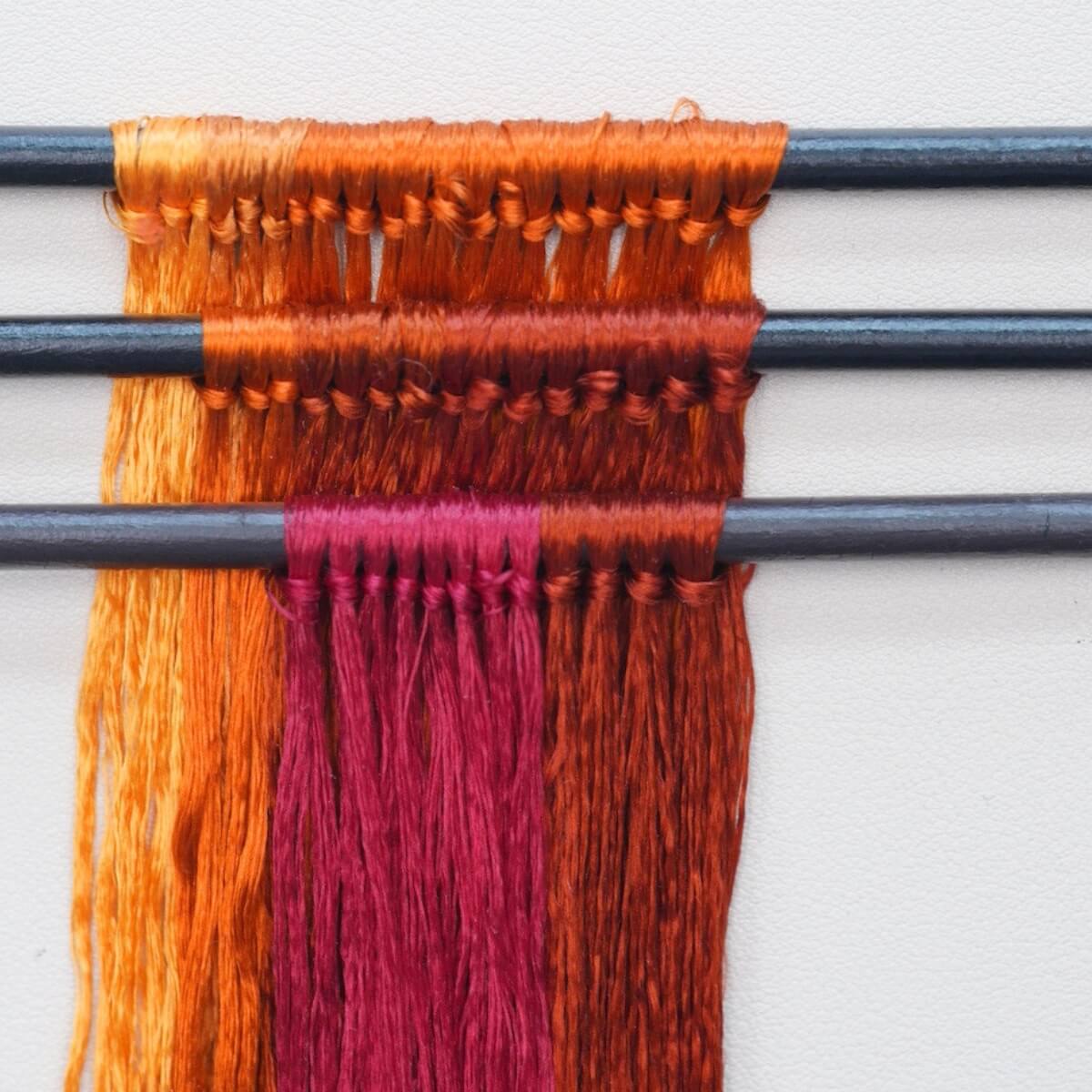
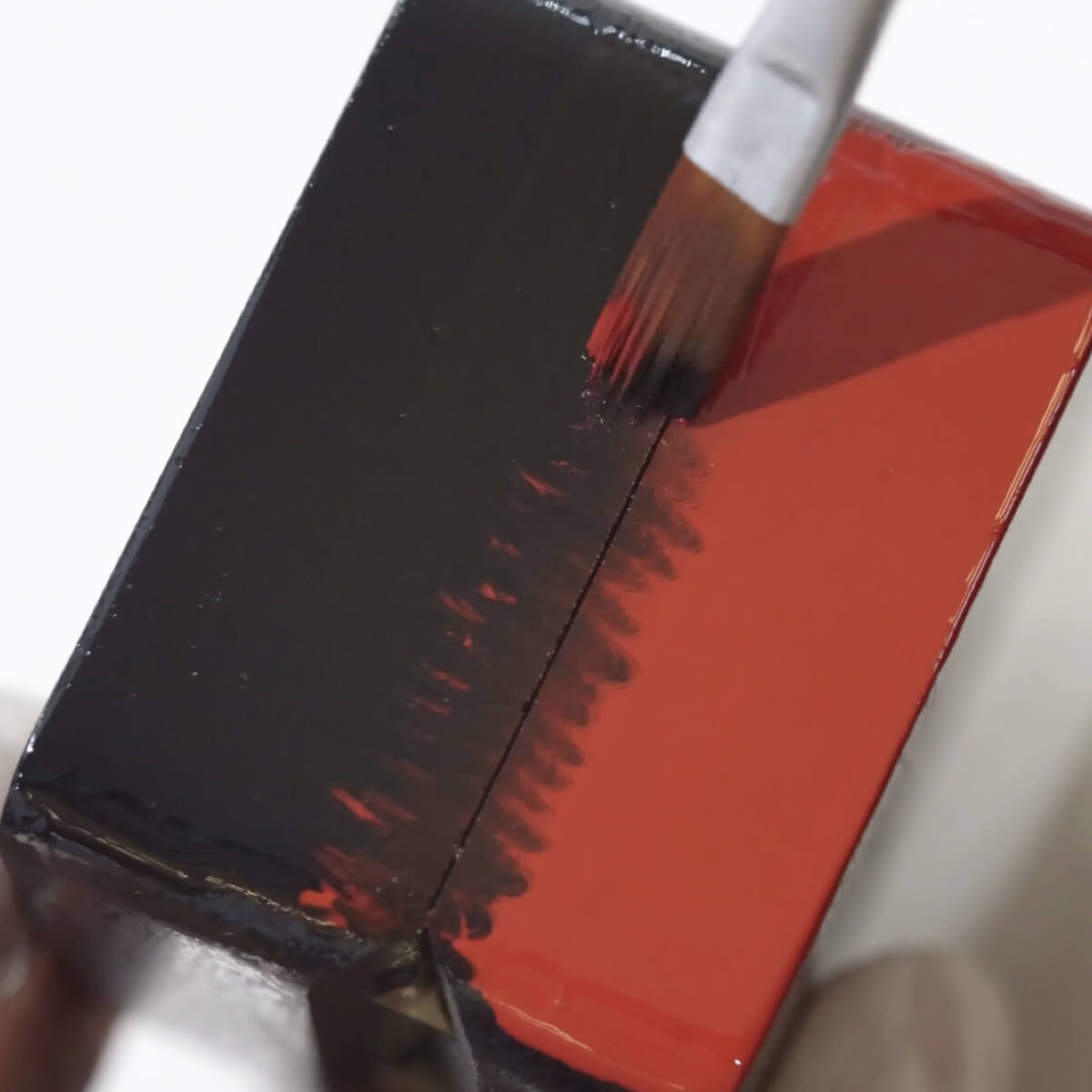
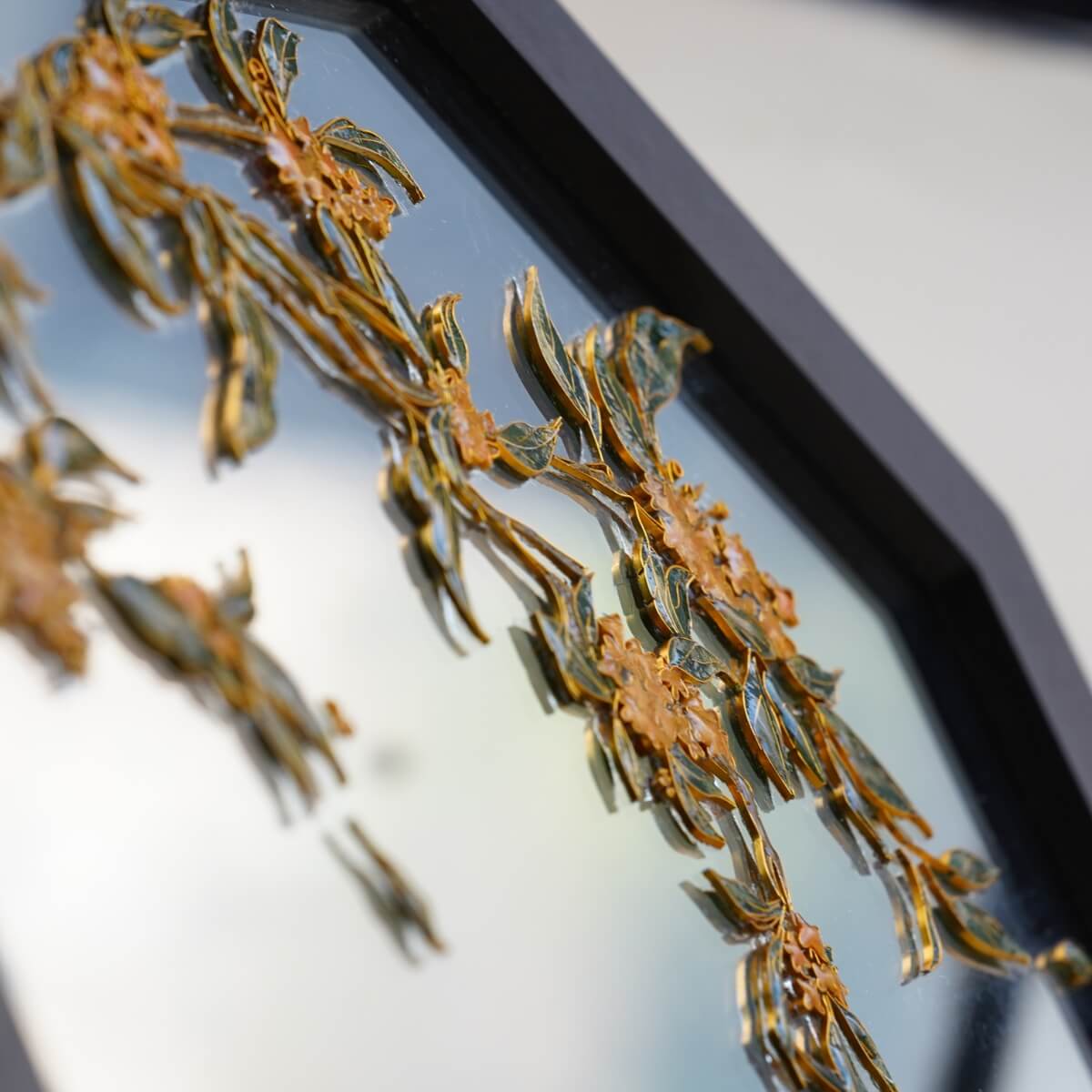
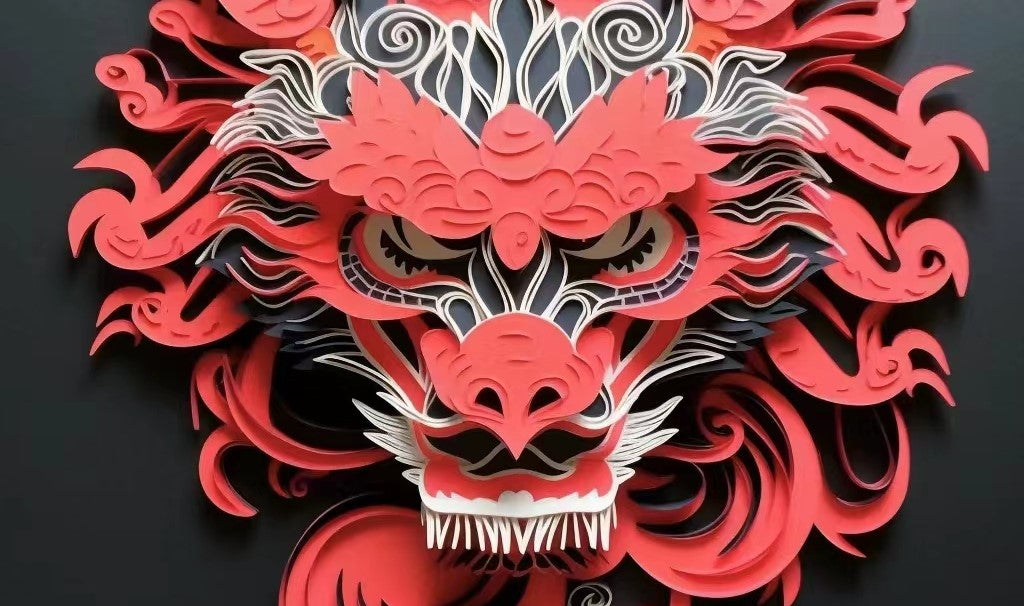
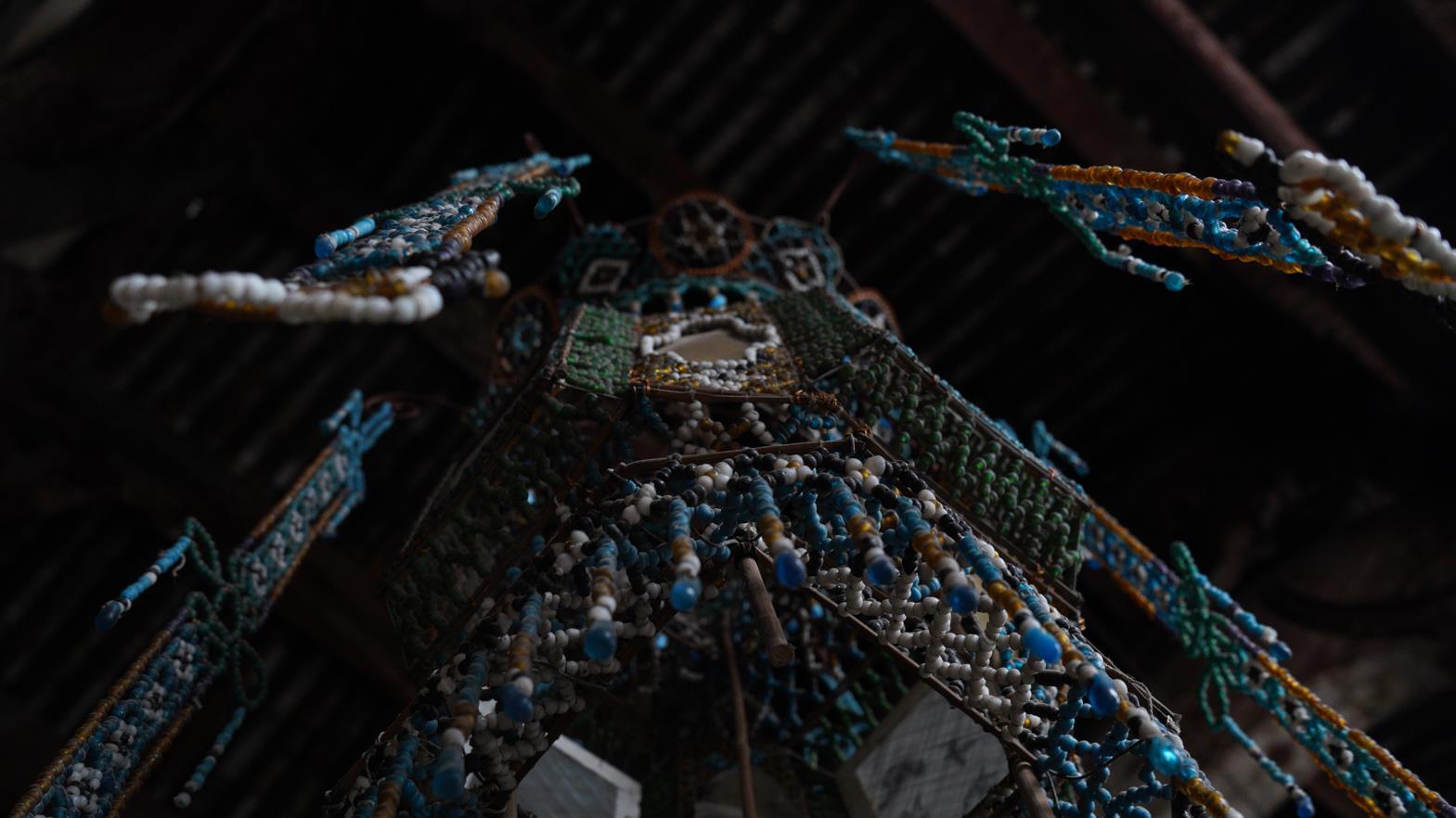
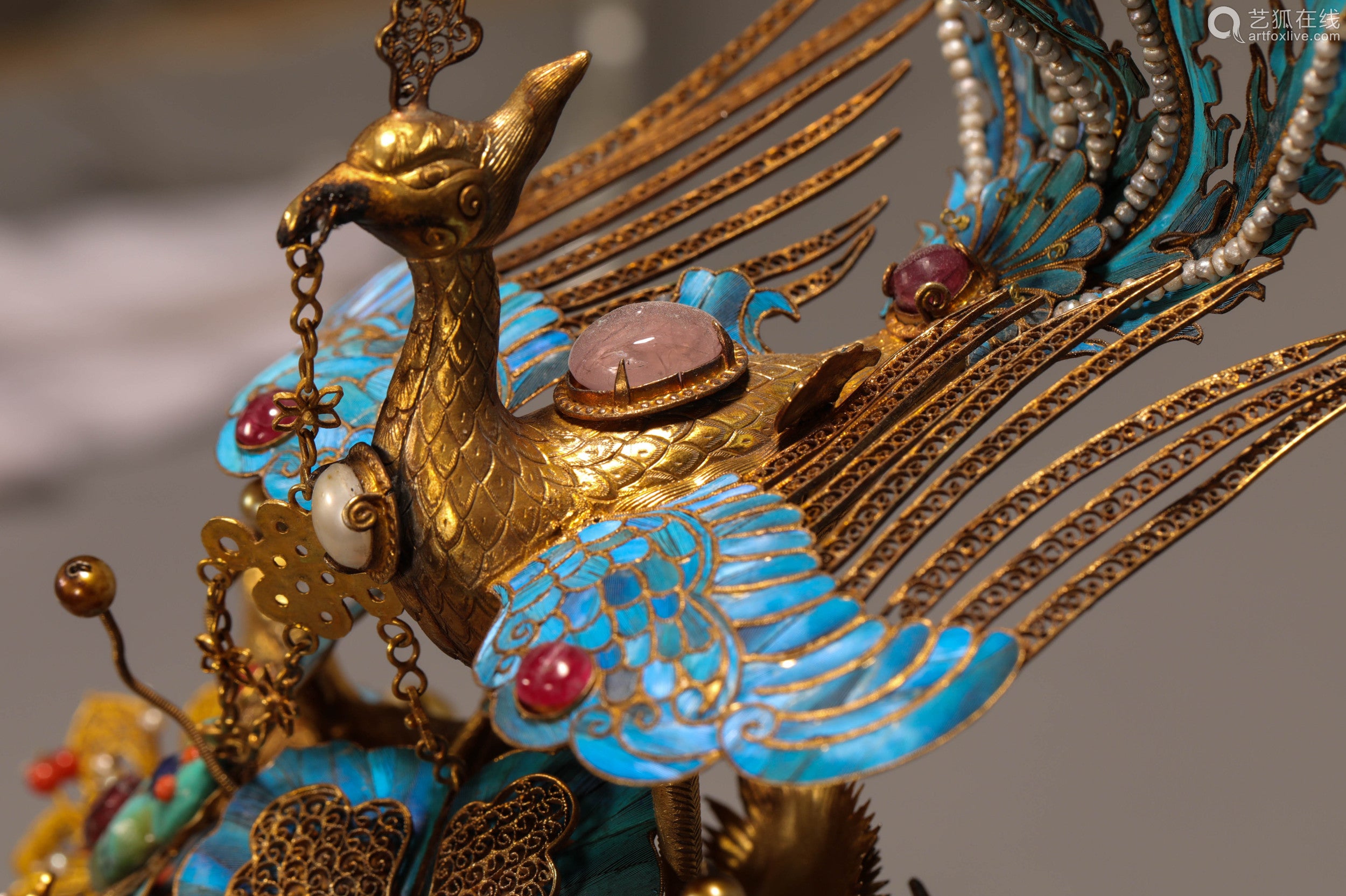
Leave a comment
All comments are moderated before being published.
This site is protected by hCaptcha and the hCaptcha Privacy Policy and Terms of Service apply.